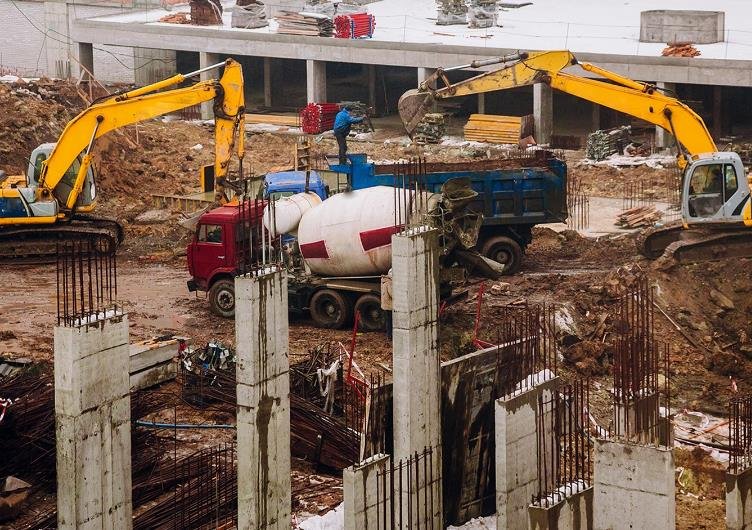Residential and commercial construction costs are seeing a significant slowdown in inflation, signaling a positive shift for builders and homeowners alike.
In a surprising turn, QV’s latest CostBuilder report reveals that the rise in construction costs has almost stalled. This development comes after years of fluctuating prices, offering a beacon of stability in the industry.
Steady Growth: A Year of Minimal Increase
The CostBuilder report, which monitors over 8,000 construction items and labor rates, shows that the average cost to build a standard three-bedroom home in cities like Auckland, Hamilton, Palmerston North, Wellington, Christchurch, and Dunedin rose by just 1.5% in the 12 months ending November 2024. This marks the lowest annual increase since QV began tracking these figures in 2015.
Martin Bisset, a quantity surveyor at QV CostBuilder, commented, “After four years of pronounced volatility, construction costs have been significantly more stable in 2024.” He attributes this stabilization to easing inflationary pressures both domestically and internationally.

A Sharp Decline in Inflation Rates
The reduction in cost increases has been particularly dramatic. Last year, the average construction cost grew by 5.6% over the same period. Going back further, the increase was 11.3% in November 2022 and a staggering 18.9% in November 2021. Such steep declines highlight a major shift in the economic landscape affecting the construction sector.
Over the past three months leading to November, the average construction cost only increased by 0.6%, with the preceding three-month periods each seeing a 0.3% rise. This gradual slowdown suggests that the construction industry is finally catching a break from the relentless price hikes of recent years.
Residential vs. Non-Residential: Diverging Trends
Interestingly, construction cost increases for non-residential buildings have been even lower than those for residential projects. The average cost per square meter for non-residential constructions rose by just 1.4% over the 12 months to the end of November, excluding educational buildings.
Key Factors Contributing to Stability:
- Material Costs: Stabilization in the prices of essential construction materials.
- Labor Market: A more balanced labor market reducing wage pressures.
- Supply Chain Improvements: Enhanced supply chain efficiencies mitigating previous disruptions.
These factors have collectively contributed to the unprecedented stabilization in construction costs, offering a more predictable environment for both developers and investors.
Regional Insights: Where Stability is Most Noticeable
The slowdown in construction cost inflation is not uniform across all regions. Certain cities have experienced more pronounced stability, while others still face challenges. Here’s a quick look at the average cost increases in major New Zealand cities:
| City | 12-Month Cost Increase (%) |
|---|---|
| Auckland | 1.2 |
| Hamilton | 1.3 |
| Palmerston North | 1.4 |
| Wellington | 1.5 |
| Christchurch | 1.6 |
| Dunedin | 1.7 |
As shown, Auckland leads with the smallest increase, while Dunedin sees slightly higher, yet still significantly reduced, cost rises compared to previous years.
Market Reactions: Builders and Buyers Breathe a Sigh of Relief
The construction industry’s newfound stability has been met with optimism from both builders and potential homeowners. Lower inflation rates mean more predictable budgeting and planning, which is crucial for long-term projects.
“You know, it’s been tough dealing with those skyrocketing costs,” shared Emma Thompson, a local builder in Wellington. “Seeing these numbers come down is a breath of fresh air. It makes it easier to plan projects without fearing unexpected budget blowouts.”
Looking Ahead: What This Means for the Future
While the current trend is promising, experts caution that the construction industry must remain vigilant. Factors such as global economic shifts, potential supply chain disruptions, and changes in government policies could influence future cost trends.
Potential Challenges:
- Global Economic Instability: Fluctuations in global markets could impact material costs.
- Regulatory Changes: New building codes or environmental regulations might introduce additional costs.
- Technological Advancements: While beneficial, integrating new technologies can sometimes lead to unexpected expenses.
Despite these challenges, the current stability offers a foundation upon which the construction industry can build, fostering growth and innovation in a more predictable economic climate.
















